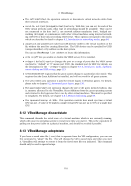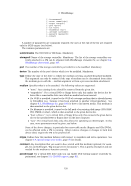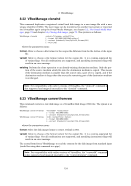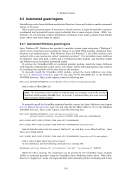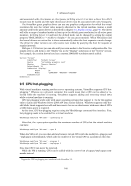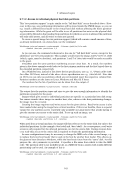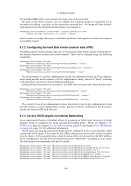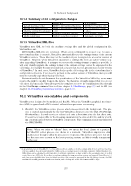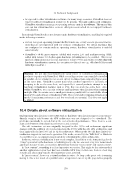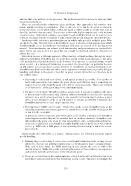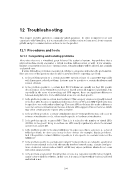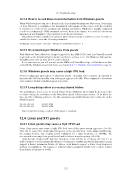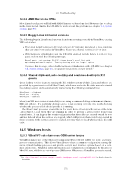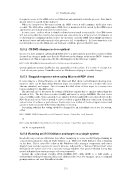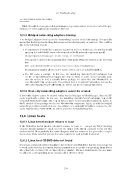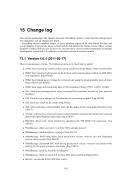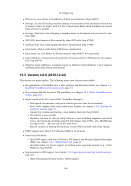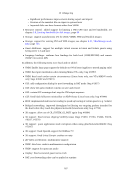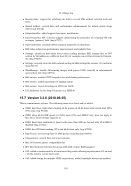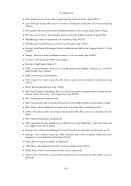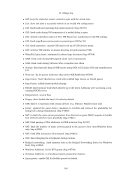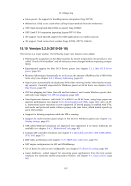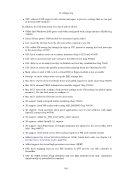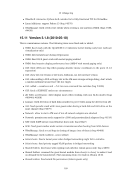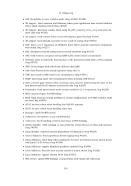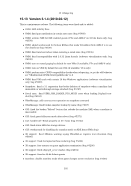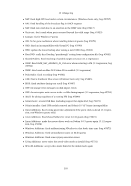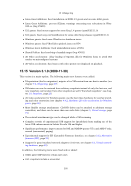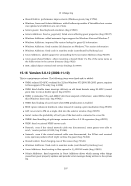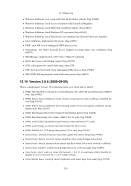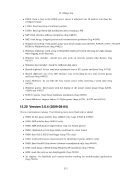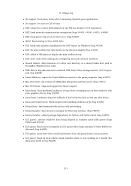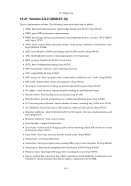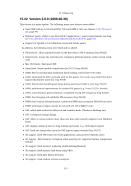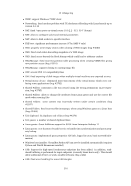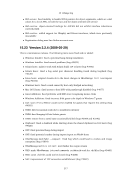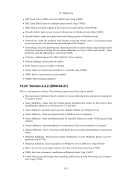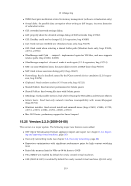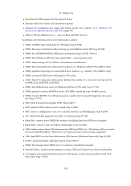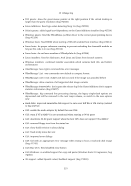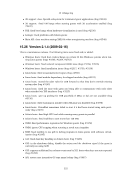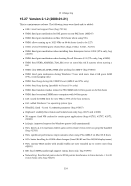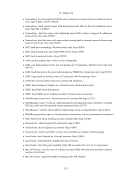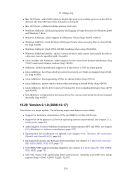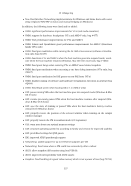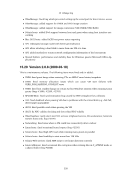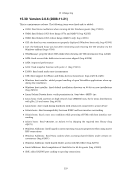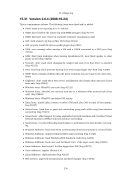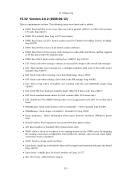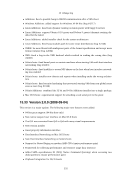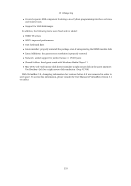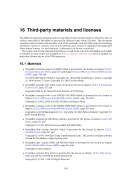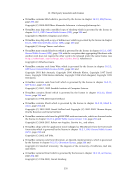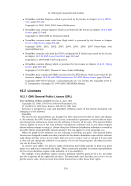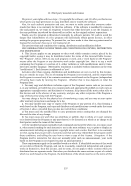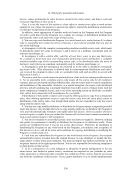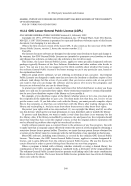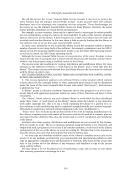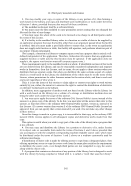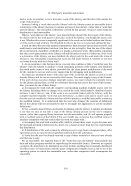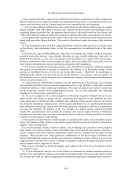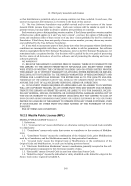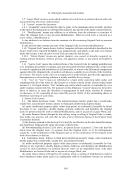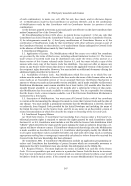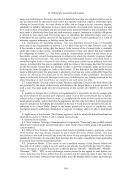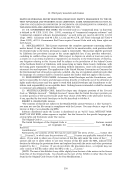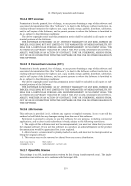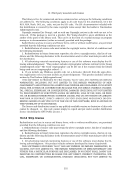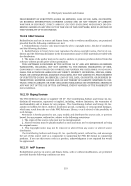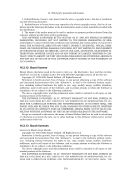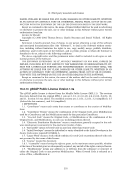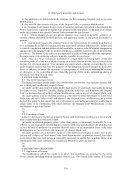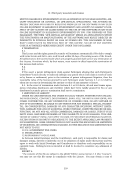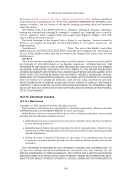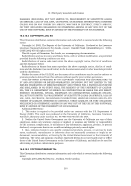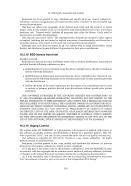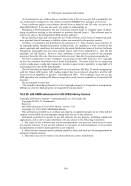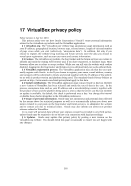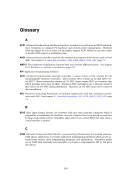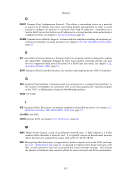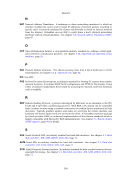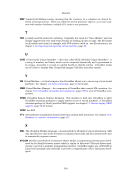2 Installation details 2.3.2 The VirtualBox kernel module VirtualBox uses a special kernel module called vboxdrv to perform physical memory allocation and to gain control of the processor for guest system execution. Without this kernel module, you can still use the VirtualBox manager to configure virtual machines, but they will not start. In addition, there are the network kernel modules vboxnetflt and vboxnetadp which are required for the more advanced networking features of VirtualBox. The VirtualBox kernel module is automatically installed on your system when you install VirtualBox. To maintain it with future kernel updates, for most Linux distributions – for exam- ple Fedora Core 11 and later, Ubuntu 8.04 (Hardy) and later and Mandriva 2009.1 and later –, generally we recommend installing Dynamic Kernel Module Support (DKMS)2. This framework helps with building and upgrading kernel modules. If DKMS is not already installed, execute one of the following: • On an Ubuntu system: sudo apt-get install dkms • On a Fedora system: yum install dkms • On a Mandriva system: urpmi dkms If DKMS is available and installed, the VirtualBox kernel module should always work automat- ically, and it will be automatically rebuilt if your host kernel is updated. Otherwise, there are only two situations in which you will need to worry about the kernel module: 1. The original installation fails. This probably means that your Linux system is not prepared for building external kernel modules. Most Linux distributions can be set up simply by installing the right packages - normally, these will be the GNU compiler (GCC), GNU Make (make) and packages containing header files for your kernel - and making sure that all system updates are installed and that the system is running the most up-to-date kernel included in the distribution. The version numbers of the header file packages must be the same as that of the kernel you are using. • With Debian and Ubuntu releases, you must install the right version of the linux-headers and if it exists the linux-kbuild package. Current Ubuntu releases should have the right packages installed by default. • In even older Debian and Ubuntu releases, you must install the right version of the kernel-headers package. • On Fedora and Redhat systems, the package is kernel-devel. • On SUSE and openSUSE Linux, you must install the right versions of the kernel-source and kernel-syms packages. • If you have built your own kernel, you will need to make sure that you also installed all the required header and other files for building external modules to the right loca- tions. The details of how to do this will depend on how you built your kernel, and if you are unsure you should consult the documentation which you followed to do so. 2. The kernel of your Linux host was updated and DKMS is not installed. In that case, the kernel module will need to be reinstalled by executing (as root): /etc/init.d/vboxdrv setup 2See http://en.wikipedia.org/wiki/Dynamic_Kernel_Module_Support for an introduction. 32
Purchased from Demo (abedemo.tizrapublisher.com) for the exclusive use of unknown. © 2025 Demo. Please report unauthorized use to pirate@tizra.com






















































































































